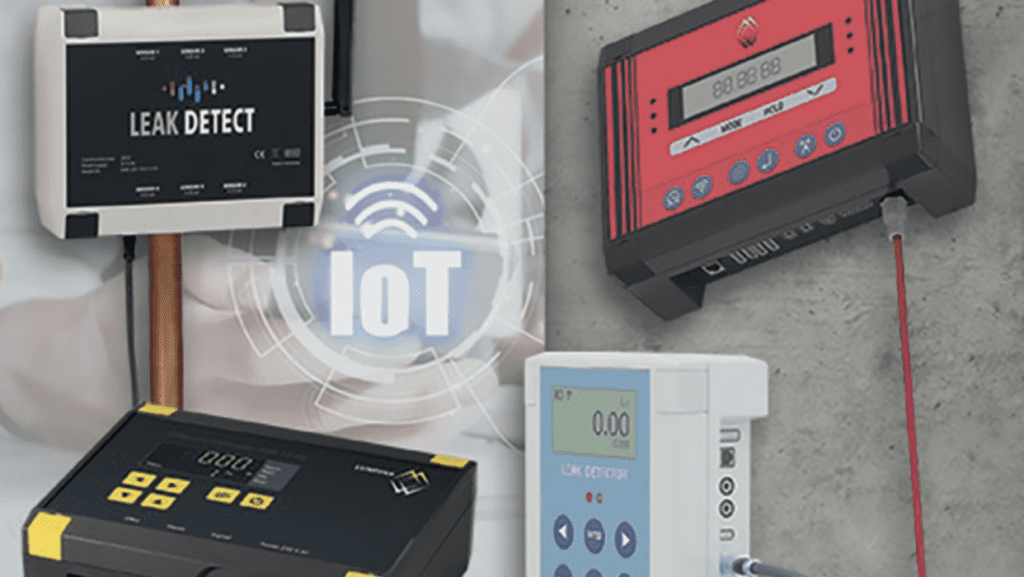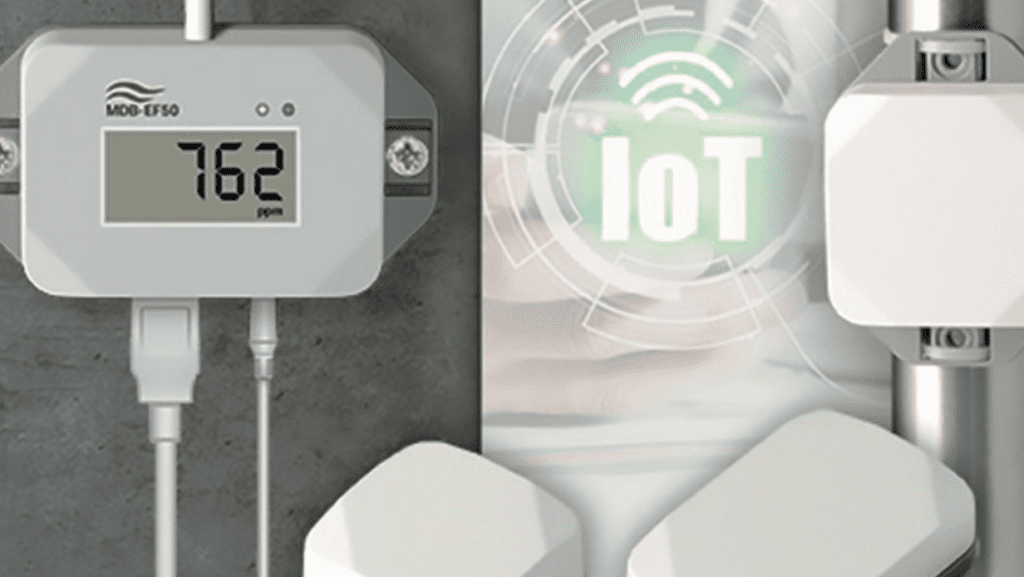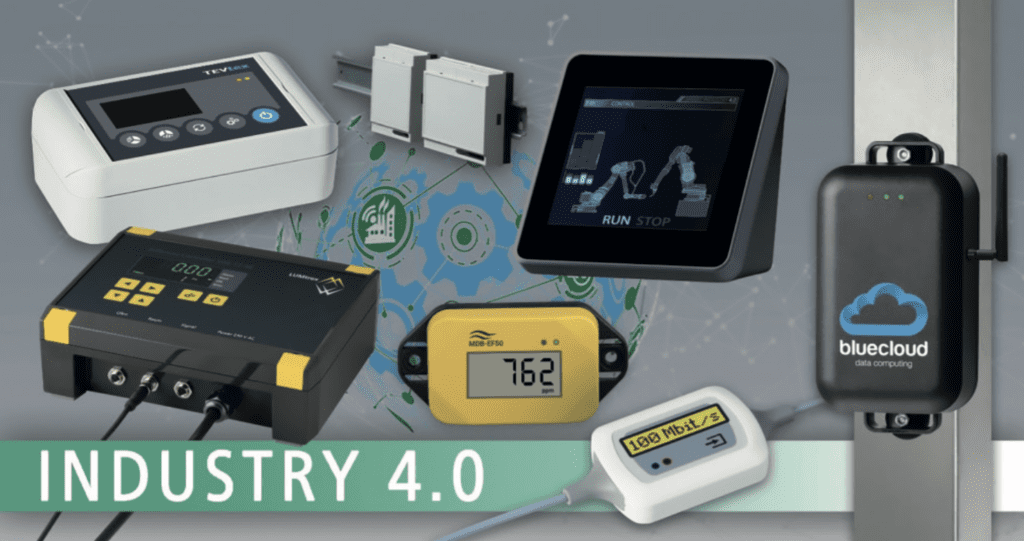OKW Enclosures’ marketing director, Robert Cox, walks buyers through the requirements of IIoT enclosure applications and products meeting these needs
Data is the lifeblood of the industrial internet of things (IIoT), playing a critical role in real-time monitoring, process optimisation, predictive maintenance, quality control, energy efficiency, supply chain management, safety and compliance. Vast amounts of precious data must be managed on robust networks, so demand for IIoT network hardware is surging as companies vie to seize the opportunities offered by Industry 4.0.
Last year the global IIoT market was valued at £81 billion—with a compound annual growth rate (CAGR) of 20.5 per cent from 2022 to 2030, report analysts at Coherent Market Insights. Little wonder electronics designers are swiftly developing new solutions for manufacturers keen to capitalise on IIoT.
This has driven demand for specialist enclosures for IIoT electronics. Smart factory technology has opened new possibilities for manufacturers of plastic enclosures—advanced thermoplastics are making inroads into industrial markets traditionally dominated by diecast aluminium housings.
In the past, ABS was the ‘go to’ plastic for many enclosures, being resistant to impact and chemicals. However, ABS does not cope well with UV rays. So, more enclosures are now being moulded from UV- stable ASA or blends such as ASA+PC-FR. However, there is still a place for ABS in industrial electronics, especially when blended with stronger plastics such as polycarbonate.

OKW Enclosures’ marketing director, Robert Cox, said: “There’s no doubt that Industry 4.0 has accelerated the pace of innovation in enclosure design. Creating specialised standard enclosures for IIoT reduces the amount of customisation required. This means the enclosures can be manufactured and shipped faster to meet rising demand for Industry 4.0 electronics.
“And although many new enclosure models have been designed with IIoT in mind, they’re versatile enough for lots of other applications too.”
Plastic enclosures for IIoT applications must be strong and well protected from dust or water ingress. A rating of IP65, IP66 or IP67 is recommended. However, durability and good ingress protection are just the start.
The sheer number of sensors involved in IIoT makes fast installation a priority. Models such as OKW’s Mini-Data- Box can be specified with (or without) flanges allowing housings to be cable tied or screwed in place quickly and easily. Easytec enclosures are also flanged, while a curved recess at the rear adds stability when mounting on poles or rails.
Small handheld or wearable enclosures can also be excellent for IIoT sensor duties, particularly in smart logistics. Award- winning Minitec was originally designed for personal electronics, offering a range of standard choices based on size, shape and colour. At the heart of the design are different intermediate rings offering various carrying and mounting options, making it simple to attach Minitec to objects requiring tracking.

Many IIoT enclosures feature smart, modern contours that enhance their aesthetics, an important consideration in today’s futuristic factories. As standard enclosures, they must be attractive but also discreet and understated.
That ethos is exemplified by housings such as wall-mounted Smart- Panel. These ASA+PC-FR flush-mount enclosures fit standard cavity wall boxes, blending seamlessly into modern industrial settings. Screwless assembly ensures rapid installation.
However, many IIoT applications require larger plastic enclosures such as the new Solid-Box. These IP66/IP67 housings have an IK08 impact rating, plus design touches usually reserved for diecast housings. These include ‘lid closed’ installation to stop dust and water ingress when the enclosures are being fitted in challenging locations. Deep side recesses protect connectors and interfaces, while hinges secure the lid when open.

